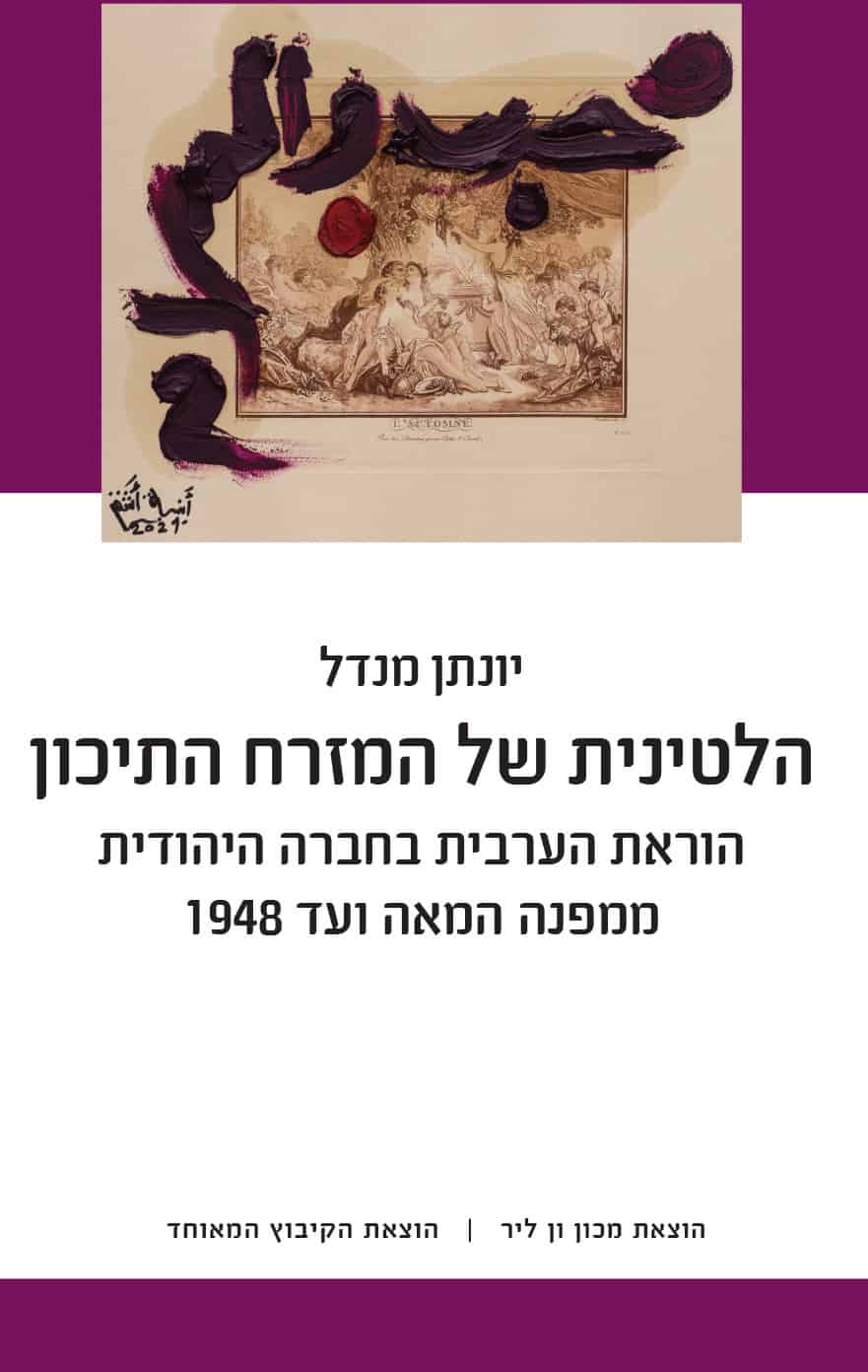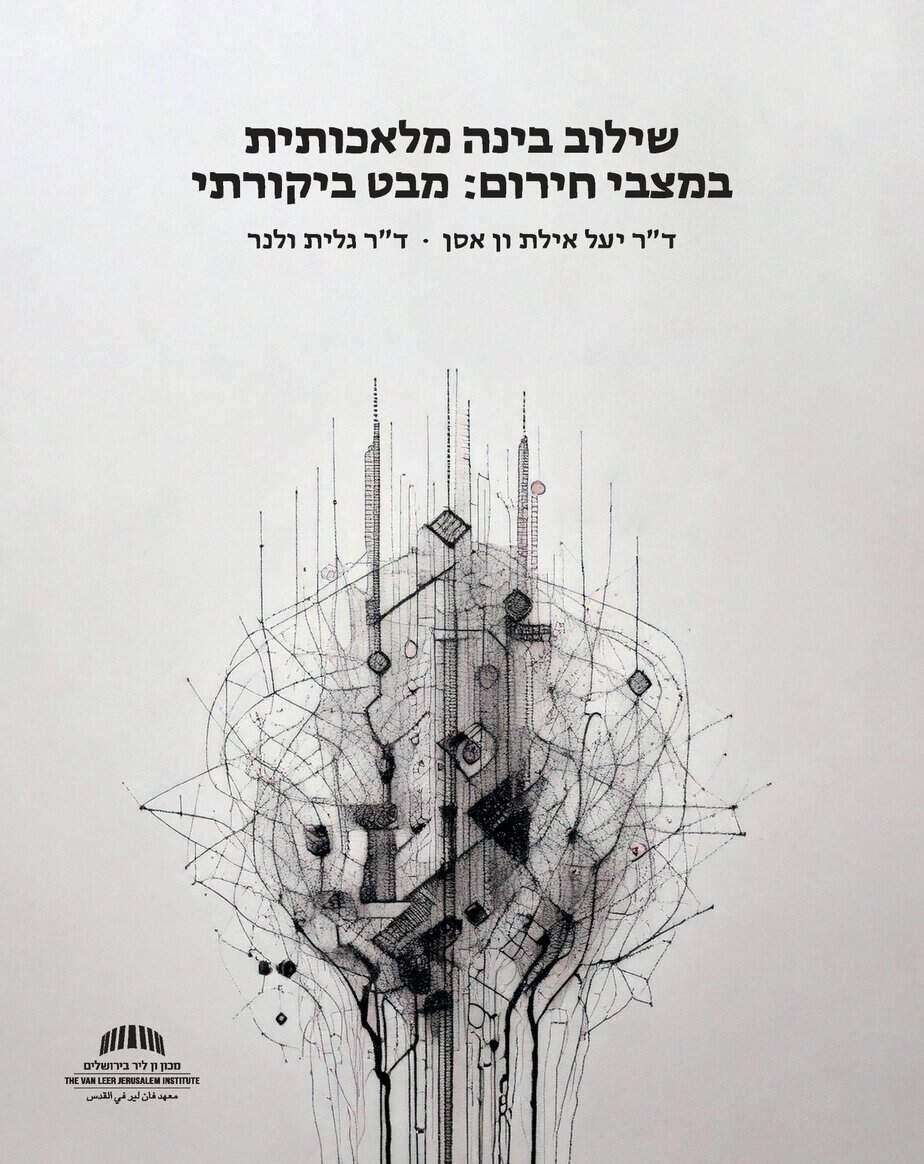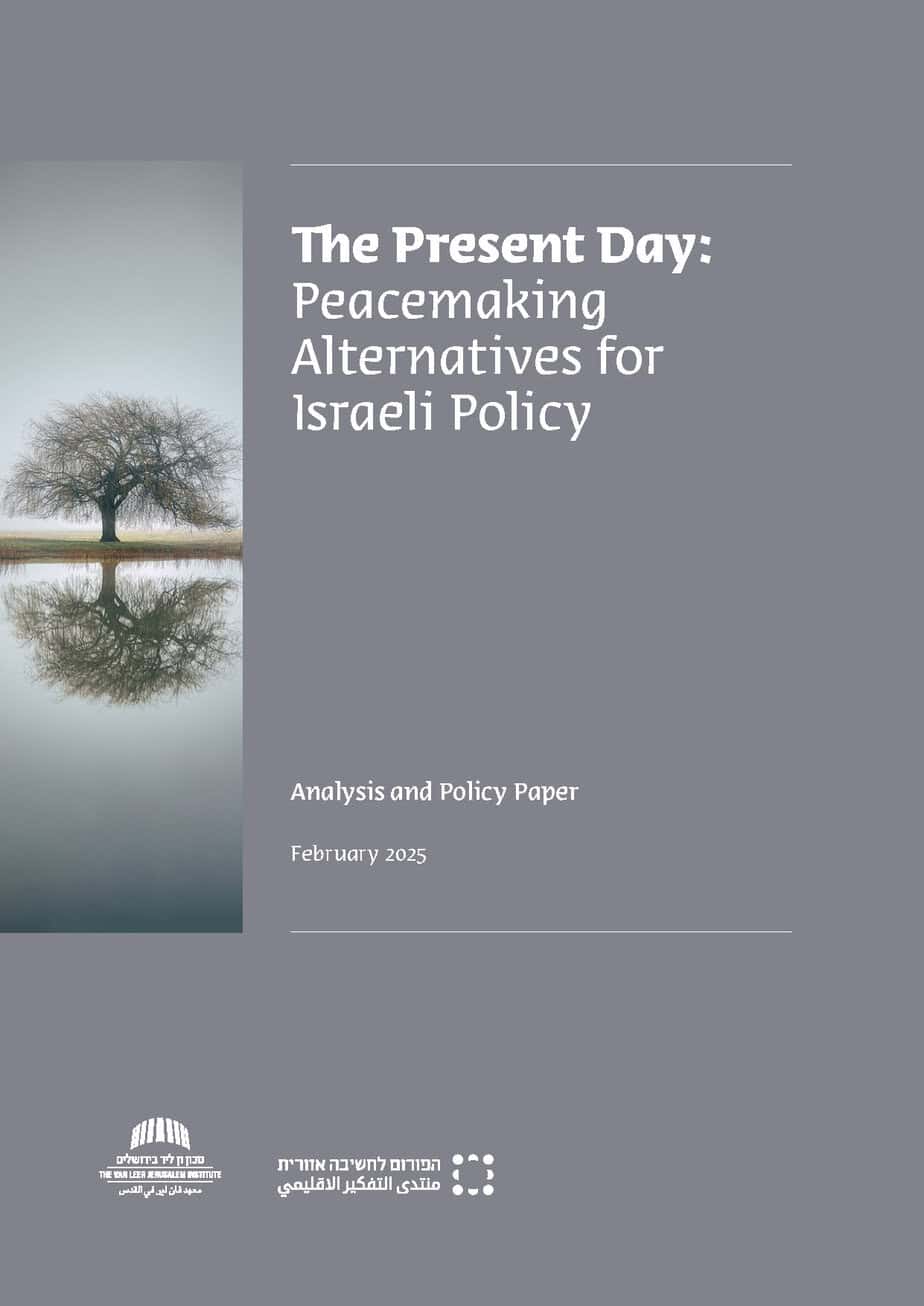Latin of the Middle East
Arabic Teaching in the Jewish Community from Fin de Siècle to 1948
| By | |
| Publisher | Van Leer Institute Press & Hakibbutz Hameuchad |
| Language | Hebrew |
| Year of Publication | 2023 |
| Series | Theory and Criticism in Context Series |
“Arabic should be made the Latin of the East.”
(Dr. Arthur Biram, 1928)
“If we succeed in grounding the teaching of the Arabic language in its consistent and clear grammatical foundation, this language will have the same value in our school as Latin has in the middle school in Europe.”
(The annual report of the Hebrew Reali School, 1930 academic year)
The Latin of the Middle East? The Teaching of Arabic in Jewish Society from the Turn of the Century to 1948 covers the end of Ottoman rule and the years of the British Mandate in Palestine. The period was characterized by a multiplicity of possibilities—social, political, and educational—which shrank with the approach of 1948 and even more so after the declaration of the State of Israel. This process is especially apparent in the field of the teaching of Arabic: The discussion of how the language should be taught, including the question of who should head the field, was rich and varied. But this discussion involved an inevitable clash between several worldviews and the various types of knowledge in Arabic represented by those in the field: Palestinian-Arab intellectuals who taught Arabic in Hebrew-language schools and whose voice in the argument was hardly heard; educated Sephardic Jews who saw Arabic as the language of the region and for whom it was like a mother tongue; Ashkenazi Jews of the old Yishuv who knew Arabic as those born in the land; Jewish immigrants from German universities with philological knowledge of Arabic; and Jews born in the land who were educated in Zionist institutions and who emphasized the practical-political need for knowledge of the language.
The book examines, among other things, who considered Arabic the “Latin of the East” and who saw it as the language of everyday life, who aimed to promote the teaching of spoken Arabic and who aspired to promote literary Arabic, how the approaches changed over the years; who held the reins with regard to the teaching of Arabic, who was forced to accept the hegemonic discourse, and who was shunted to the margins. The disputes presented in the book raise the possibilities that existed in the period in question in the field of teaching Arabic, possibilities that can offer—to anyone willing to listen—paths that were abandoned in the past and are still relevant today.




